

Bolt inserts for wood provide a robust and reusable threaded connection point in wood, ideal for projects requiring disassembly or strong holding power. This guide explores the different types, installation techniques, and factors to consider when choosing the best bolt insert for wood for your specific needs. We will cover everything from common types like threaded inserts and expansion inserts to installation tips and tricks to ensure a secure and lasting connection.Understanding Bolt Inserts for WoodBolt inserts for wood are designed to provide a strong, durable, and reusable threaded hole in wood. Unlike simply driving a screw into wood, which can strip over time, a bolt insert for wood creates a metal-to-metal connection, significantly increasing the holding power and preventing wear and tear from repeated assembly and disassembly. They are particularly useful in furniture making, cabinet construction, and any project where a strong, reliable threaded connection is needed.Why Use Bolt Inserts in Wood? Increased Strength: Provides a stronger connection than wood screws alone. Reusable Threads: Allows for repeated assembly and disassembly without stripping the wood. Versatile Applications: Suitable for a wide range of woodworking projects. Professional Finish: Creates a clean and professional look.Types of Bolt Inserts for WoodThere are several types of bolt inserts for wood available, each with its own advantages and disadvantages. Choosing the right type depends on the specific application, the type of wood being used, and the desired level of holding power.Threaded Inserts (Internally Threaded)Threaded inserts are among the most common types. They feature internal threads for accepting a bolt and external features (e.g., knurls, barbs, or coarse threads) for gripping the wood. They are usually installed by screwing them into a pre-drilled hole. Pros: High holding power, relatively easy to install, widely available. Cons: Requires precise hole size for optimal performance, can sometimes be difficult to install straight. Examples: E-Z Lok Threaded Inserts, Keensert Inserts.Expansion InsertsExpansion inserts expand when a bolt is tightened into them, creating a tight fit within the wood. These are often used in softer woods where threaded inserts might pull out more easily. Pros: Good holding power, especially in softer woods, simple installation. Cons: Can damage the wood if over-tightened, may not be as strong as threaded inserts in hardwoods. Examples: Wedge-Lock Expansion Inserts.Self-Tapping InsertsSelf-tapping inserts have cutting flutes that allow them to tap their own threads into the wood as they are installed. This can simplify the installation process and reduce the risk of damaging the wood with a pre-drilled hole that is too small. Pros: Easy installation, no pre-tapping required. Cons: May not hold as strongly as other types in dense hardwoods, can require significant torque during installation. Examples: Time-Sert Self-Tapping Inserts.T-NutsT-Nuts are a type of bolt insert for wood that feature a flange with prongs that dig into the wood to prevent rotation. They are installed from the back side of the wood and are commonly used in applications where a flush surface is required. Pros: Strong holding power, flush mounting possible. Cons: Requires access to the back side of the wood, more difficult to install than other types. Examples: Standard T-Nuts, Pronged T-Nuts.Choosing the Right Bolt Insert for WoodSelecting the appropriate bolt insert for wood is crucial for a successful project. Consider the following factors:Wood TypeHardwoods like oak and maple can withstand more force and are suitable for threaded inserts. Softwoods like pine and cedar may benefit from expansion inserts or T-nuts, which distribute the load over a larger area.Load RequirementsConsider the amount of weight or stress the connection will need to withstand. For heavy-duty applications, choose high-strength threaded inserts or T-nuts. For lighter applications, expansion inserts or self-tapping inserts may suffice.Installation MethodSome inserts require special tools or techniques for proper installation. Choose an insert that you are comfortable installing and that is compatible with the tools you have available.AccessibilityIf you only have access to one side of the wood, you'll need to choose an insert that can be installed from that side, such as a threaded insert or an expansion insert. If you have access to both sides, you can use T-nuts.Installation Techniques for Bolt InsertsProper installation is essential for ensuring that bolt inserts for wood provide a strong and reliable connection. Here are some general guidelines:Pre-DrillingFor most types of bolt inserts for wood, pre-drilling a hole is necessary. The hole size should be slightly smaller than the outer diameter of the insert. Consult the manufacturer's specifications for the recommended hole size. Use a drill press for accurate and consistent hole placement.Threaded Insert InstallationUse a screwdriver or installation tool to screw the threaded insert into the pre-drilled hole. Apply even pressure and avoid cross-threading. For harder woods, you may need to tap the insert gently with a hammer to get it started.Expansion Insert InstallationInsert the expansion insert into the hole and tighten the bolt. As you tighten the bolt, the insert will expand and grip the wood. Be careful not to over-tighten, as this can damage the wood.T-Nut InstallationInsert the barrel of the T-nut into the hole from the back side of the wood. Use a hammer to tap the flange prongs into the wood. Make sure the flange is flush with the surface of the wood.Tips for Successful Bolt Insert Installation Use the Right Tools: Invest in quality drill bits, screwdrivers, and installation tools. Pilot Holes: Always drill a pilot hole. This prevents splitting and makes insertion easier. Lubrication: For hardwoods, lubricating the insert can ease installation and prevent damage. Test First: Practice on scrap wood to get a feel for the installation process. Consistency: Maintain consistent depth and alignment for all inserts.Where to Buy Bolt Inserts for WoodYou can find bolt inserts for wood at most hardware stores, woodworking supply stores, and online retailers. Some popular sources include: Hebei Muyi Import&Export Trading Co.,Ltd (muyi-trading.com): A great option for bulk purchases and a wide selection of specialized inserts. This allows you to easily find a bolt insert for wood that fits your specific project needs. Amazon: Offers a wide variety of bolt inserts for wood from different brands. Local Hardware Stores: A convenient option for smaller projects and immediate needs.Troubleshooting Common ProblemsInsert Stripping OutThis usually occurs when the hole is too large or the insert is over-tightened. Try using a larger insert or filling the hole with wood glue and re-drilling.Insert Not Sitting FlushThis can happen if the hole is not deep enough or the insert is cross-threaded. Make sure the hole is the correct depth and that the insert is properly aligned before installation.Insert Breaking During InstallationThis is often caused by using too much force or installing the insert at an angle. Use a steady, even pressure and ensure that the insert is properly aligned.ConclusionBolt inserts for wood are an essential component for many woodworking projects, offering superior strength and reusability compared to traditional screws. By understanding the different types of inserts, choosing the right one for your application, and following proper installation techniques, you can create strong, durable, and professional-looking wood connections.

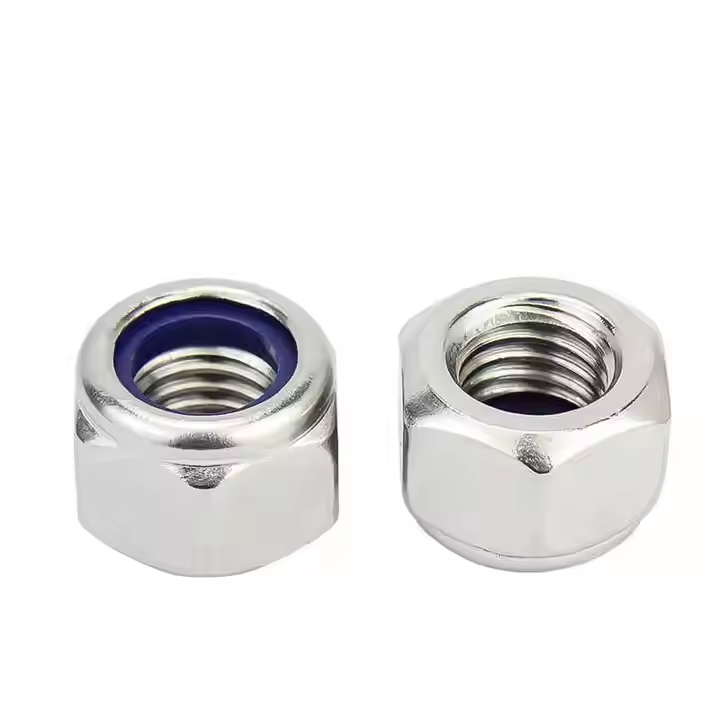

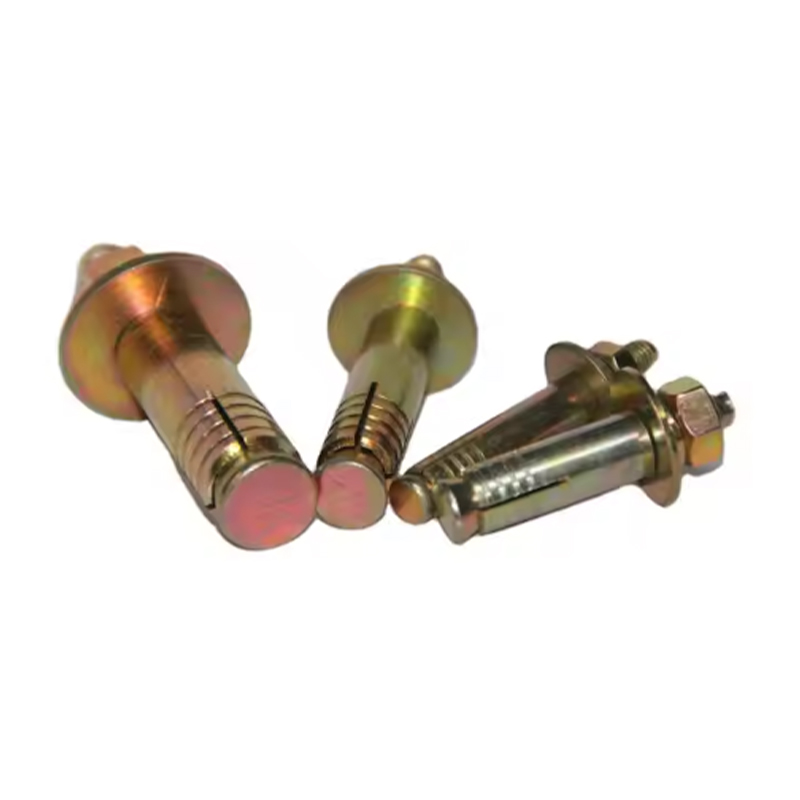
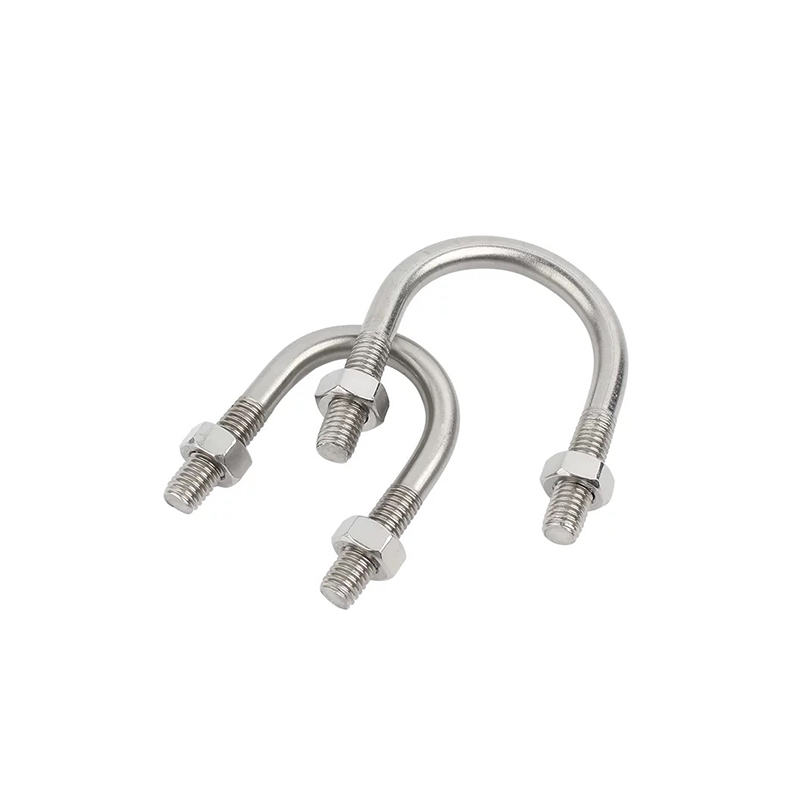

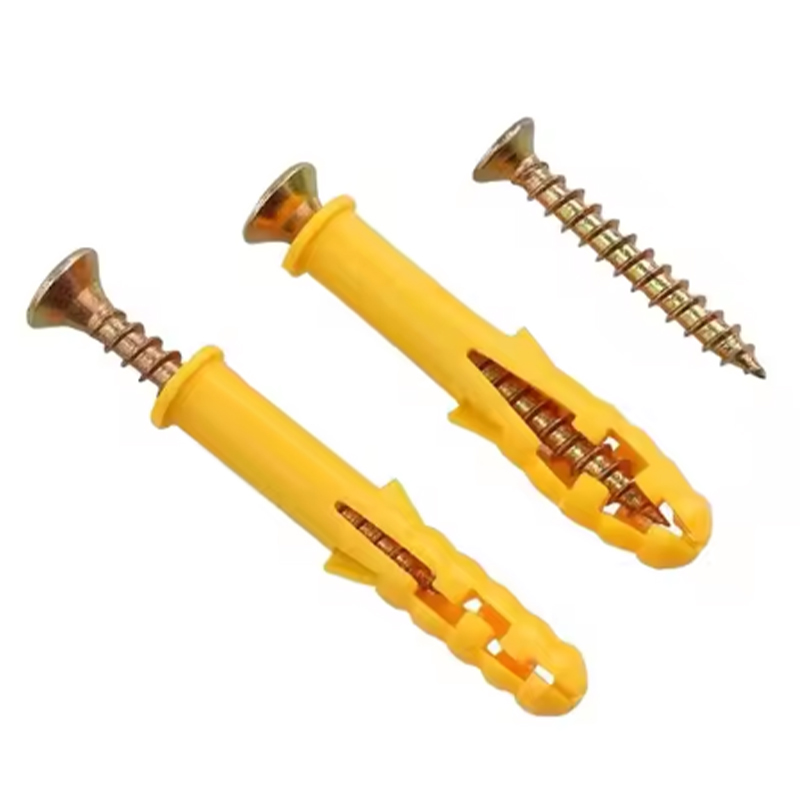
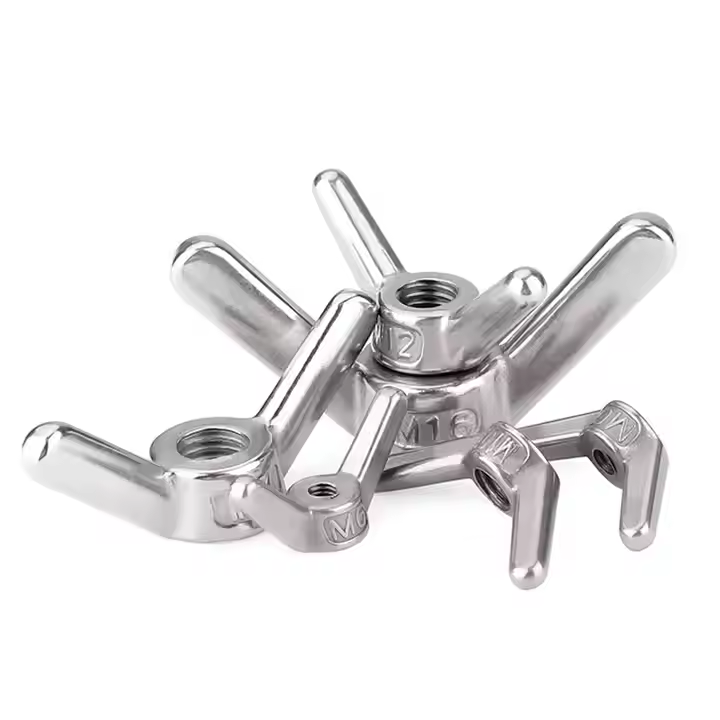


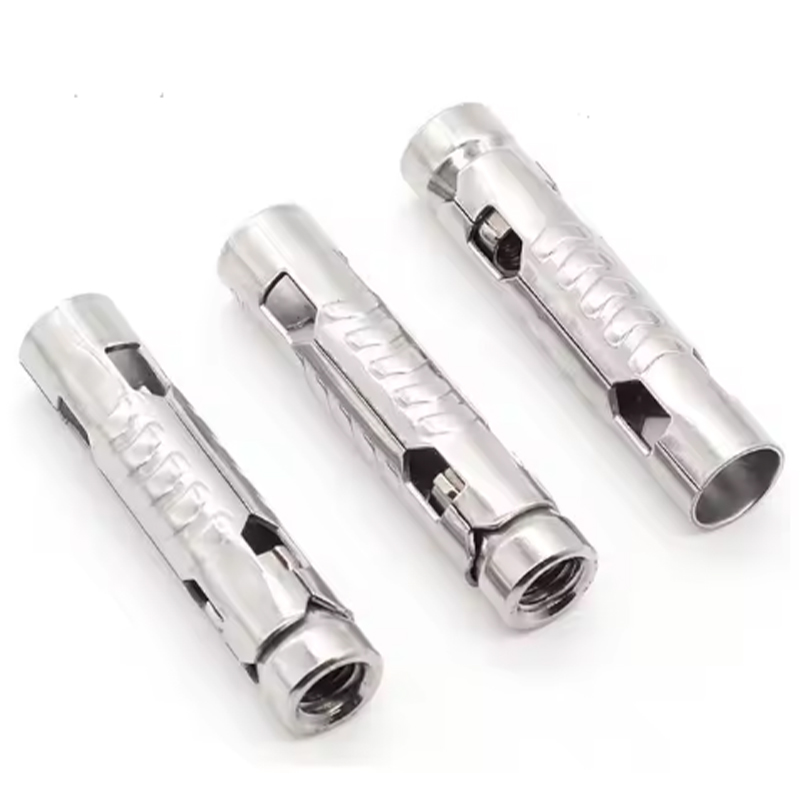
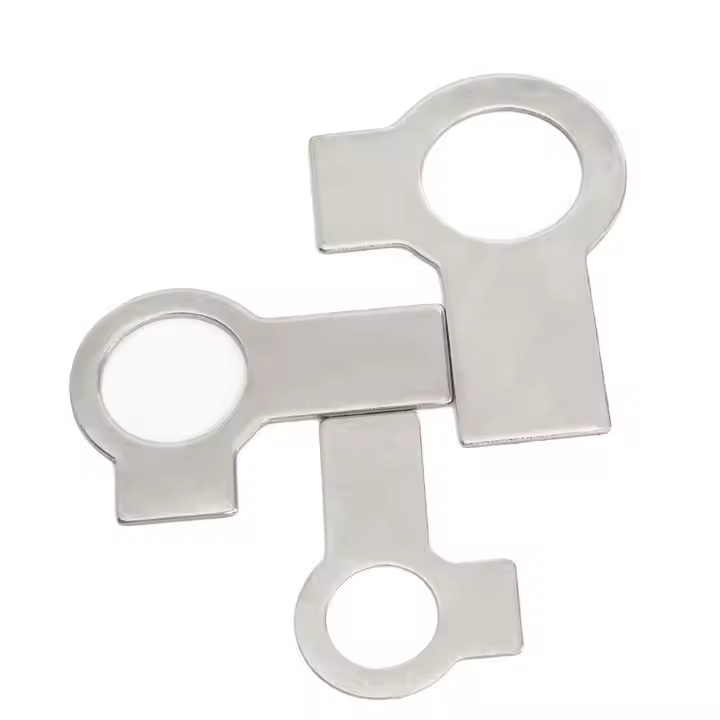
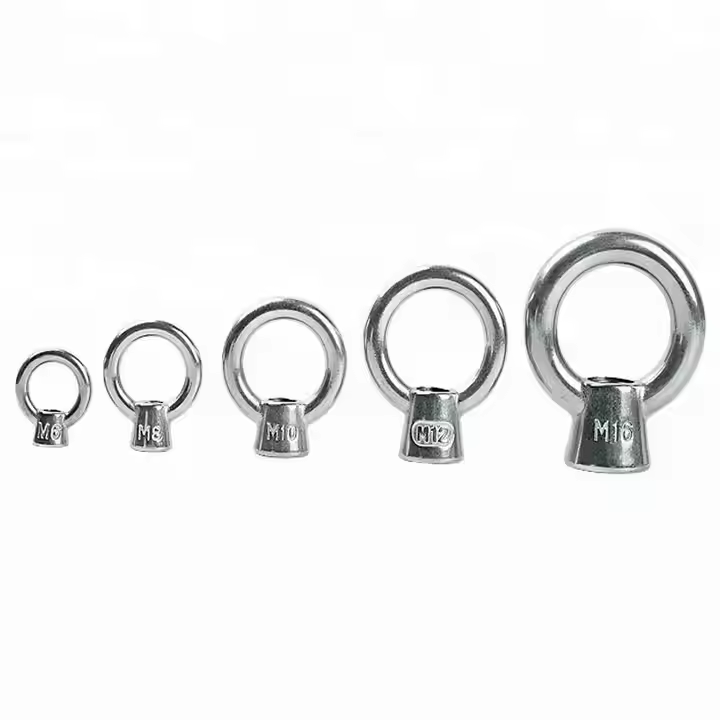
Please enter your email address and we will reply to your email.